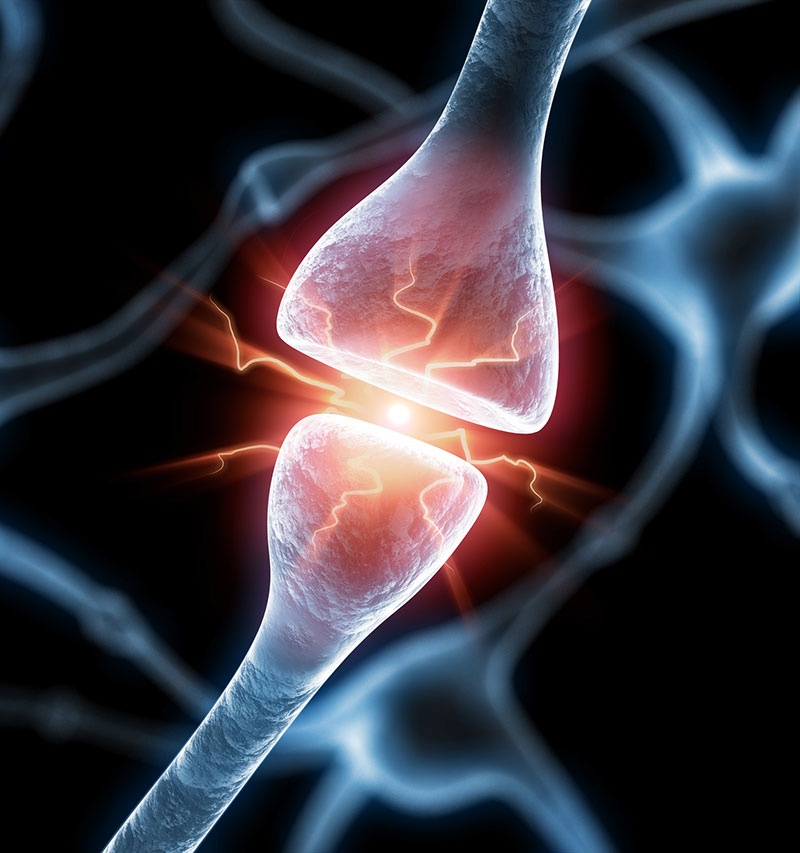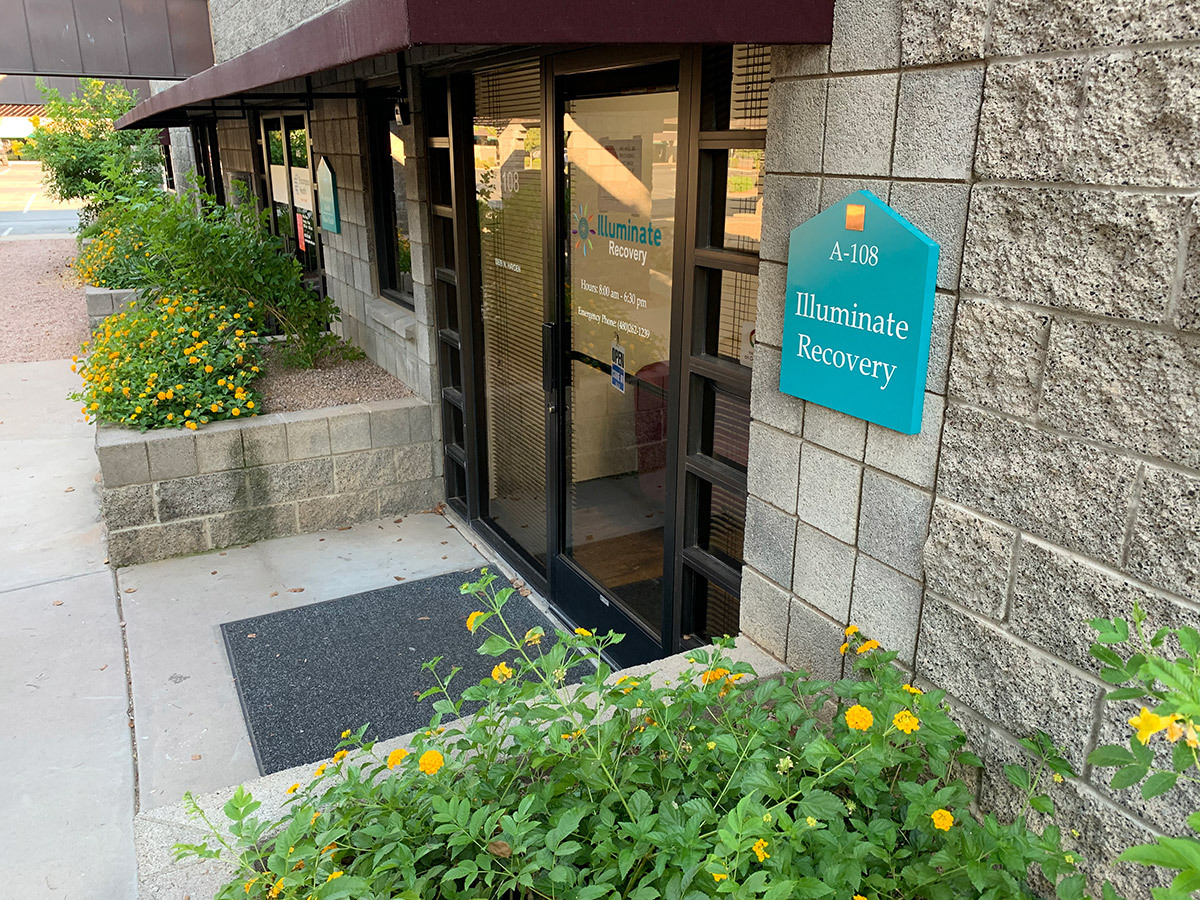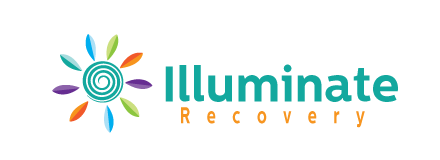In the United States, the opioid crisis has reached epidemic proportions, and this opioid epidemic is now considered a major public health crisis. Opioids are devastating not only to addicted individuals and their families or friends but also to the community as a whole. As they continue to circulate, these drugs put more and more people at risk – even a single, inadvertent use of today’s powerful street opioids can kill.
While anyone of any age can be affected by the use of opioids, young adults are the most vulnerable to this epidemic. That means young adults are a priority when it comes to support, compassion, and opportunities for recovery.
Opioid Epidemic and Young Adults
Young adults are not the only ones impacted by opioid use or at risk of opioid use disorder (OUD). However, they are disproportionately represented in both groups. Young adults aged 18 to 25 are nearly twice as likely to use opioids as individuals 26 and older. Risk factors for this age group are plentiful, including internal pressures, peer pressure, stress, anxiety, and a lack of access to healthcare, among other things. Understanding these risk factors is important for understanding why young adults are so heavily impacted by opioid use, as well as what’s needed to help change the tide.
Mental Health
Mental health issues are one of the primary risk factors for substance use disorders of any type. In fact, substance use disorders are often comorbid (co-occurring) with mental health disorders such as anxiety and depression. Young adults also disproportionately experience these and other mental health conditions.

This means that young adults aren’t just more likely to develop an opioid dependency, but they’re also more likely to have comorbid mental health issues that can both contribute to substance use and make the problem that much more difficult to solve.
Peer Pressure
Peer pressure can be a significant factor when it comes to substance use by any age group, but college-aged individuals are extremely susceptible. As substances become more prevalent in a particular community, individuals are more likely to be pressured into trying them in order to fit in with the group. As opioids become more accessible in communities all over the United States, young adults may find themselves faced with the choice of giving in to peer pressure or suffering from social ostracization and stigma.
Lack of Healthcare Access
One unfortunate truth is that many young people are unable to get help when they need it, whether for the physical or mental health disorders that trigger opioid use or the opioid use disorder itself. Healthcare may be more expensive than a young adult may be able to afford, and young adults are less likely than their older counterparts to have quality health insurance. In addition, there is a stigma surrounding substance use disorder that can lead people to reject the help available to them. Some communities may not even have access to reliable mental healthcare at all.
Lack of Experience
In general, young adults have less experience dealing with substance use. This means that in terms of understanding the drug’s effects, their own personal limits, and the risks associated with each drug they take, they simply aren’t as knowledgeable as someone who has more experience in this area.

They may believe they’re not using enough to suffer any serious effects, or they may not be aware of exactly what it is they’re taking and how powerful it can really be. Recent news stories featuring teens and young adults who overdosed on potent opioids they consumed, unaware of their dangerous potential, are key indicators that unfamiliarity with opioids can be a fatal issue.
Mixed Opioids
One reason illicit street opioids like street-grade fentanyl have become so prevalent is that it increases profits for drug manufacturers. Distributors may cut these cheaper, more powerful drugs with more expensive substances like oxycodone or cocaine in an attempt to increase volume, potency, and profit. The result is an unpredictable combination drug manufactured to look like more desirable, less powerful drugs.
Unfortunately, the ability to assess risk is eliminated when fentanyl or other dangerous street opioids are in the mix. There is no way to assess a product’s potency and no way to gauge its overdose potential. This is one reason fentanyl is so dangerous: because it’s often mixed into other drugs without warning, someone can experience an overdose without even knowing that they took fentanyl.
Opioids in Arizona
Based on a 2016 opioid study, the number of reported deaths directly attributed to opioids among residents and non-residents in Arizona for the year 2016 was 790. This represents a significant 16.3% increase in opioid deaths compared to 2015 and an alarming 74% increase since 2012. Notably, heroin deaths accounted for 64% of the overall growth in opioid deaths over the past four years, with an additional 54% increase in the last two years alone.
The prevalence of heroin as a cause of opioid deaths has surged from 11% in 2007 to a staggering 39% in 2016. Disturbingly, data also indicates a rising trend in deaths related to prescription/synthetic opioids since 2014, marking a reversal from the declining trend observed since 2009.
If the current trends persist, it is projected that by 2019, the annual number of opioid deaths in Arizona will surpass 1,000, with nearly 50% attributed to heroin. Importantly, these concerning patterns cannot be solely explained by changes in the Arizona population since 2007.
It is crucial to note that due to well-established factors causing delays in reporting, there may still be new opioid death reports being received as of 6/1/2017, and the final count for 2016 could potentially exceed 800 cases.
The Impact of Opioids on Young Adults
However, they also interfere with the brain’s ability to control breathing rates, monitor carbon dioxide levels, and respond to too much carbon dioxide in the blood. Opioids also have a high potential for addiction and for the reasons listed above, pose a severe risk for overdose.

- Euphoria, or a sense of feeling high
- Flu-like symptoms, such as sweating and nausea
- Tolerance to the drug, which means that the body requires more to achieve the same high or pain-relieving effects
- An increase in anxiety, which can, in turn, increase the need for the substance in an effort to get a break from said anxiety
- Needle marks and the risk of long-term viral diseases as the result of needles, if taken intravenously
- Sedation
- Slurred speech and coordination issues
- Focus, memory, and attention issues
- Constipation
- Constricted pupils
- Runny nose, if taken intranasally
- Slowed breathing
- Dizziness
- Agitation
If you notice these symptoms, you or your loved one may be misusing prescription opioids or using street opioid drugs.
As mentioned, powerful opioids have a high overdose potential, particularly unregulated street opioids. These are some common signs of opioid overdose:
- Cold, clammy, pale skin
- Limp body
- Extremely slowed or shallow breathing
- Blue or purple fingernails
- Vomiting or gurgling
- Confusion and reduced alertness
- Unresponsiveness or unconsciousness
Resources Available
If you’re looking to help protect a young adult in your life from becoming part of the opioid epidemic, there are some things you can do. Similarly, if you yourself are struggling with opioid use, hope is not lost. There are a variety of resources designed to help combat opioid use and help people find the path to recovery.
Here are some actions you can take.
Talk to a Healthcare Provider

Healthcare providers are trained to handle sensitive subjects, including opioid use, with understanding and knowledge. If you’d like to help a loved one, there’s no better place to start than talking to a trusted healthcare provider about the situation. They can give you advice regarding how to progress, along with information about opioid use disorder, recovery answers, and resources you can connect to for more help.
Seek Support from Friends, Family, and Recovery Groups
Whether you’re experiencing a substance use disorder or are trying to help someone who’s in trouble, having a strong support system can mean the difference between long-term recovery and relapse. Many people with a substance use disorder report feeling alone and helpless. A support system, therefore, is crucial for finding recovery.
A support system can come in all shapes and sizes. Support from family members and friends can be critical for helping individuals with a substance use disorder find treatment, address and prevent relapse, and cope with life stressors. Knowing they have the support of friends and family can be a critical component of encouraging recovery.
A support system can also come in the form of therapy support and recovery groups. By joining such a recovery group, young adults with opioid use disorder can work with other people who have had similar experiences. Not only does this help you share your feelings and history with people who won’t judge you for the things you’ve been through, but you’ll listen to the stories of others. Ultimately, support groups can help people develop empathy for themselves and others and find the tools necessary to stay in recovery.
Consider Medication-Assisted Treatment
Medication-assisted treatment, also known as MAT, is a type of substance use disorder treatment with provable, reliable results in helping people overcome an opioid use disorder. Recovery centers that offer medication-assisted treatment employ the controlled use of FDA-approved medications that can help combat painful withdrawals and enable people to slowly step down from opioid use. These medications, including buprenorphine, naltrexone, and naloxone, can help ensure people continue with treatment and do so safely.
Medication-assisted treatment is widely considered to be safe and effective but must be coupled with other therapies, including talk therapy, group counseling, coping skills, and relapse prevention. Speak with a medical practitioner or reach out to a quality recovery center to discuss whether MAT may be right for you or your loved one.
Consider Residential Treatment
For some people, their treatment will need to last beyond the withdrawal phase and will ideally be handled through a residential treatment program at a trustworthy SUD recovery center. If you or a loved one needs help with recovering from an opioid use disorder, 24/7 monitoring, medication management, and consistent therapy within a structured and comfortable environment may be the best decision you’ll ever make. These environments can offer the stability and support that people may lack in their daily lives and can help ensure that when a patient leaves, they’re leaving with the tools they need to stay on the path of recovery.
Maintain Hope and Don’t Give Up
If you or a loved one has been struggling with an opioid use disorder, it’s important to remember that recovery is a lifelong process. However, you or your loved one can stay on that path one day at a time with the help of quality resources near you. Through consistent effort, long-term change, and a deeper understanding of yourself and the people around you, you can stay confident about recovery goals while also continuing to put in the work needed to make this dream a reality.
Illuminate for Addiction Detox Services

Substance use disorder and mental health disorders are interlinked, which is why both are so difficult to address on their own. Sometimes, the mental health disorder exists first, causing physical and emotional problems that can lead an individual to turn to substances for relief. In other cases, substance use can exacerbate current symptoms or create new ones. These comorbid disorders must be treated simultaneously for the person to find recovery.
The detoxification procedure is designed to eliminate any remaining traces of illicit substances and chemicals from a patient’s body. It involves medical supervision to ensure a successful completion of the detox process, as well as the management of potential withdrawal symptoms that the patient may encounter. This comprehensive approach guarantees both the safety and effectiveness of the detoxification process, offering patients the support they need during every stage of their recovery. Contact us about learning more of our addiction detox services in Phoenix and Scottsdale.
Resources :
- https://illuminaterecovery.com/treatment/detox/
- https://www.chcf.org/wp-content/uploads/2022/01/SubstanceUseDisorderAlmanac2022.pdf
- https://www.cdc.gov/museum/education/newsletter/2022/july/index.html
- https://www.sciencedirect.com/science/article/abs/pii/S0272735821000210
- https://www.samhsa.gov/data/sites/default/files/reports/rpt29393/2019NSDUHFFRPDFWHTML/2019NSDUHFFR090120.htm#illi13
- https://www.nimh.nih.gov/health/statistics/mental-illness
- https://www.fda.gov/drugs/information-drug-class/information-about-medication-assisted-treatment-mat
- https://www.chcf.org/wp-content/uploads/2022/01/SubstanceUseDisorderAlmanac2022.pdf
- https://www.researchgate.net/profile/Uzma-Zaidi-2/publication/343193788_Role_of_Social_Support_in_Relapse_Prevention_for_Drug_Addicts/links/5f1b40cc45851515ef477eaa/Role-of-Social-Support-in-Relapse-Prevention-for-Drug-Addicts.pdf

Having been on both sides of active addition, both the person using, and the person affected by a loved one using drugs and alcohol, Lucas has been involved in recovery since 2009. He has been working in the treatment industry since 2013. Using his personal experience and wealth of knowledge learned from professional development and immersion in the recovery field, he has spoken with thousands of families and helped hundreds of people attain long-term sobriety. In 2020, the opportunity presented to join in and start Illuminate Recovery. Understanding the importance of personalized treatment plans and the complex nature between substance abuse and co-occurring disorders, has helped Illuminate Recovery build a strong curriculum and a phenomenal staff. Illuminate Recovery now has a medical doctor who is board certified in addiction medicine and a psychiatric medical doctor who works side by side with independently licensed therapists to provide compassionate and effective treatment.

